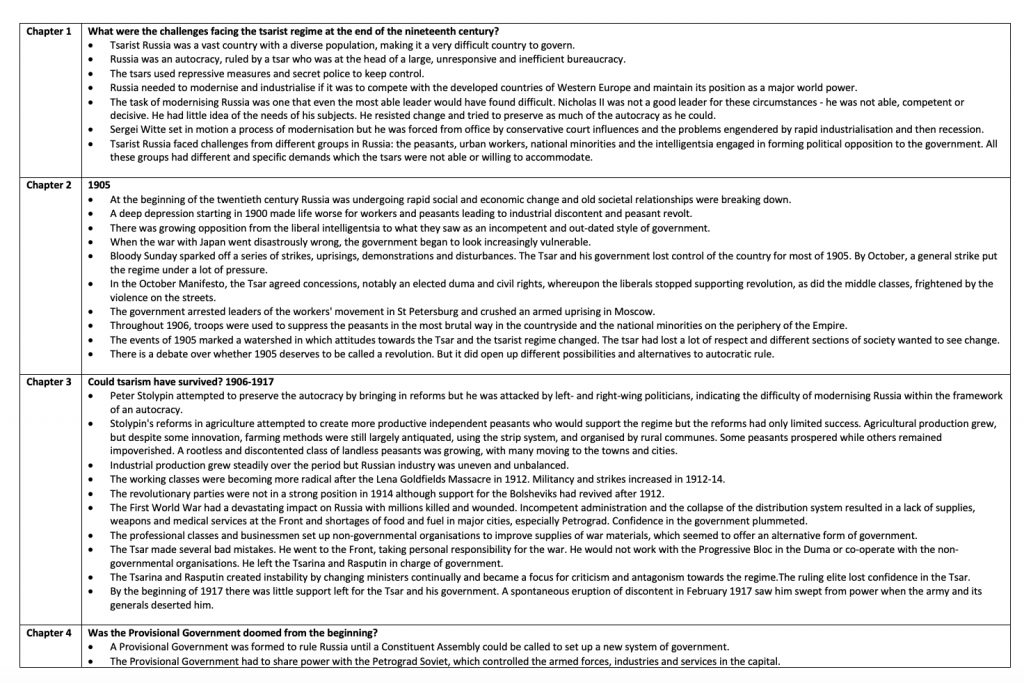Russian Revolution Key Aspects
Summary:
By the late 19th century, Tsarist Russia faced major challenges. It was a vast and diverse nation, difficult to govern due to its autocratic system, spearheaded by the ineffective Nicholas II, who was resistant to change. Attempts at modernization by figures like Sergei Witte were undercut by industrial challenges and political opposition from varied groups, including peasants, workers, and the intelligentsia.
The 20th century brought more upheaval. A depression in 1900 exacerbated discontent. Failures in the Russo-Japanese War made the government appear vulnerable. 1905 was particularly tumultuous, with events like Bloody Sunday leading to significant uprisings. Although the Tsar made concessions, respect for the tsarist regime diminished considerably.
Excerpt:
Russian Revolution Key Aspects
Chapter 1: What were the challenges facing the tsarist regime at the end of the nineteenth century?
- Tsarist Russia was a vast country with a diverse population, making it a very difficult country to govern.
- Russia was an autocracy, ruled by a tsar who was at the head of a large, unresponsive and inefficient bureaucracy.
- The tsars used repressive measures and secret police to keep control.
- Russia needed to modernise and industrialise if it was to compete with the developed countries of Western Europe and maintain its position as a major world power.
- The task of modernising Russia was one that even the most able leader would have found difficult. Nicholas II was not a good leader in these circumstances – he was not able, competent or decisive. He had little idea of the needs of his subjects. He resisted change and tried to preserve as much of the autocracy as he could.
- Sergei Witte set in motion a process of modernisation, but he was forced from office by conservative court influences and the problems engendered by rapid industrialisation and then recession.
- Tsarist Russia faced challenges from different groups in Russia: the peasants, urban workers, national minorities and the intelligentsia engaged in forming political opposition to the government. All these groups had different and specific demands which the tsars were not able or willing to accommodate.


Reviews